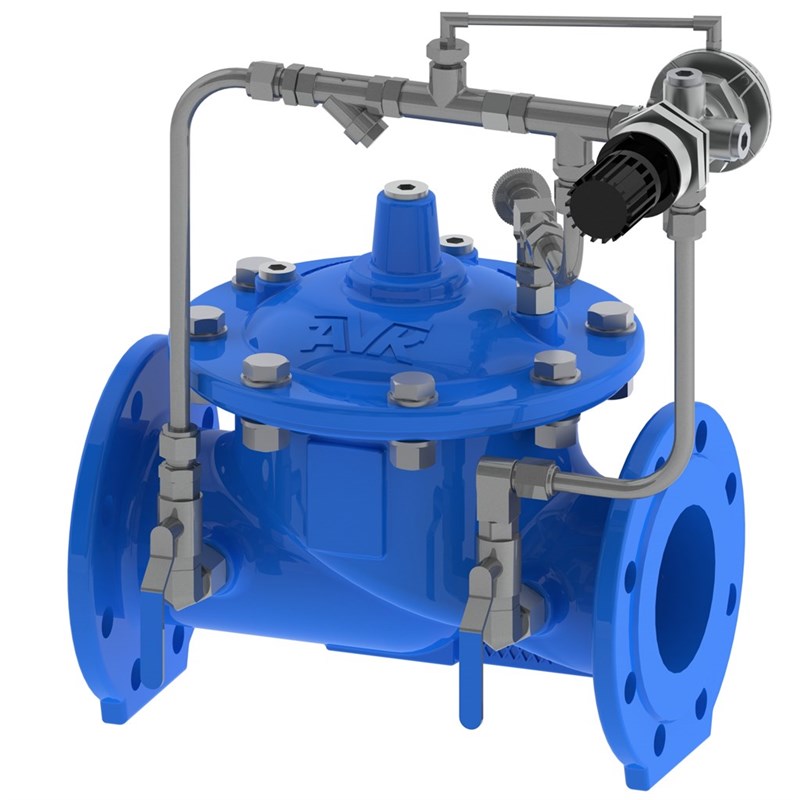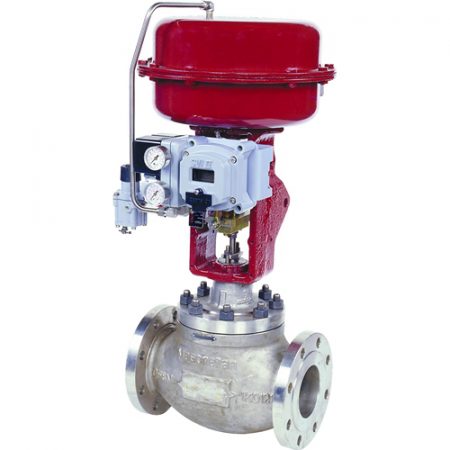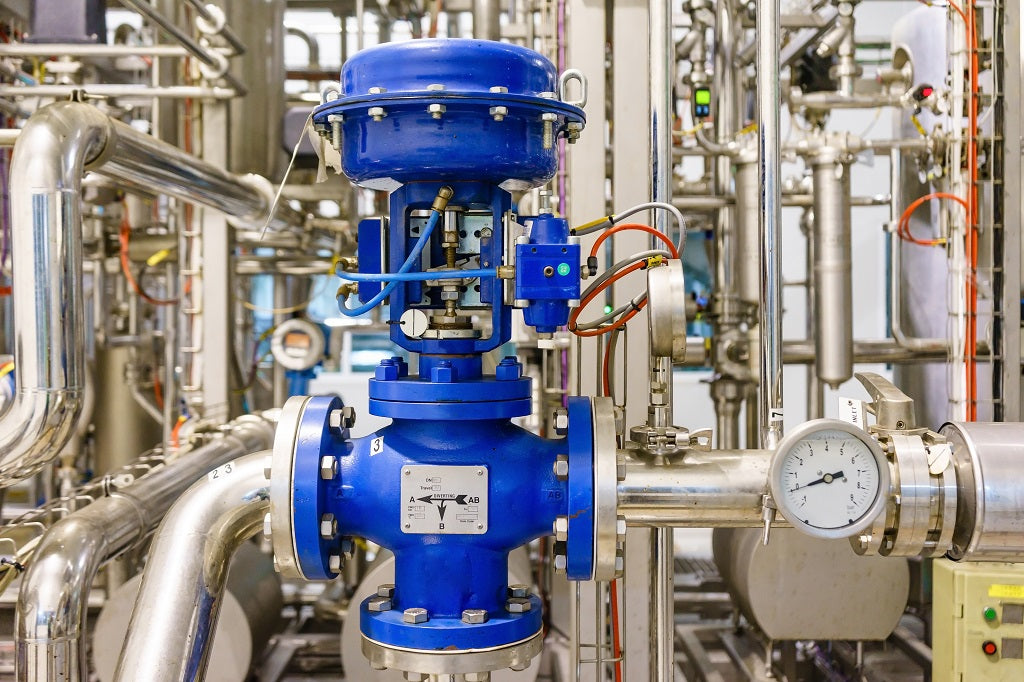How Control Valves Effect Power Performance in Industrial Settings
How Control Valves Effect Power Performance in Industrial Settings
Blog Article
Achieve Seamless Integration and Control With Quality Structure Automation Controls
In the world of modern structure management, the value of quality building automation controls can not be overemphasized. Embracing quality structure automation controls is not just a matter of comfort yet a strategic necessary for organizations aiming to optimize their centers' performance and sustainability.

Evolution of Building Automation Controls
Throughout the previous couple of decades, the evolution of building automation controls has substantially changed the method buildings are handled and operated. Constructing automation systems primarily concentrated on fundamental functions such as regulating air flow, home heating, and air conditioning (COOLING AND HEATING) systems. As modern technology progressed, these controls have ended up being much more innovative, allowing for a broader array of building systems to be incorporated and managed centrally.
The advancement of developing automation controls has actually seen a shift in the direction of more smart systems that can adjust to changing problems in real-time. This flexibility is vital for maximizing power performance and making sure resident convenience. Additionally, contemporary structure automation controls now use attributes such as predictive upkeep, remote surveillance, and data analytics, enabling center managers to make data-driven decisions to enhance structure performance.

Benefits of Top Quality Integration
The development in building automation manages towards more intelligent systems has actually highlighted the considerable benefits of high quality integration in enhancing building operations and boosting overall efficiency. Quality assimilation of building automation controls offers several key benefits. First of all, it results in boosted energy efficiency by allowing various systems to work with each other perfectly, making sure optimal performance and reducing power wastage. Quality combination enhances owner convenience and productivity by allowing individualized control over environmental setups like temperature level, lighting, and air quality. This customization can cause an extra favorable and comfortable working or living setting. Additionally, top quality combination streamlines upkeep and troubleshooting processes, as all systems are interconnected and can be kept an eye on and regulated from a central interface. This central control additionally provides far better exposure and insights into structure performance, enabling proactive maintenance and optimization techniques. On the whole, the benefits of high quality integration in building automation controls are indisputable, using boosted efficiency, comfort, and operational effectiveness.
Boosted Individual Experience and Availability
Enhancing user interaction with structure automation controls through instinctive style and enhanced access elevates the total experience for owners and facility managers alike. By focusing on individual experience, building automation systems can end up being much more easy to use and efficient. Instinctive interfaces, clear navigating, and customizable settings encourage users to connect with the controls quickly and efficiently.
Accessibility features play an essential duty in ensuring Get the facts that all individuals, consisting of those with disabilities, can use the structure automation controls easily. Including features such as voice commands, responsive buttons, and color-contrasted screens can boost ease of access and make the controls more comprehensive.
Furthermore, enhanced user experience brings about higher user contentment, raised productivity, and better decision-making. Residents can adjust environmental settings according to their preferences, while facility supervisors can efficiently manage and monitor structure systems - control valves. Overall, prioritizing individual experience and access in structure automation manages adds to an extra smooth and efficient structure setting for all stakeholders involved
Sustainable Practices Through Automation

Additionally, automation can facilitate the integration of eco-friendly power resources such as solar panels or wind generators right into structure procedures. With automation, buildings can straighten with contemporary sustainability goals and add to a greener future.
Future Trends in Structure Control Systems
One prominent pattern forming the future of building control systems is the enhanced combination of Artificial Knowledge (AI) and maker understanding. Additionally, the Internet of Points (IoT) is revolutionizing building control systems by linking sensing units and tools to streamline procedures and boost performance.
An additional key trend is the emphasis on cybersecurity procedures to shield versus possible hazards to developing automation systems. As buildings end up being much more interconnected, making sure durable cybersecurity methods will certainly be necessary to protect sensitive data and avoid unauthorized gain access to.
Additionally, the change towards cloud-based platforms is acquiring energy, allowing for centralized control and remote access to structure systems. This assists in much easier tracking, maintenance, and updates, improving the general performance and adaptability of building control systems. As technology remains to advance, these fads are anticipated to form the future landscape of building automation controls, driving innovation and sustainability in the constructed environment.
Conclusion
Future fads in building control systems are likely to concentrate on further boosting automation capacities for improved power efficiency and general efficiency. It is vital for building owners and drivers to focus on the fostering of high quality structure automation regulates to optimize building procedures and attain long-lasting sustainability objectives.
In the world of contemporary building administration, the significance of top quality structure automation controls can not be overstated. Overall, the development of building automation regulates proceeds to drive innovation in the building administration sector, supplying brand-new opportunities for producing smarter and a lot more lasting structures.
The innovation in structure automation controls towards more intelligent systems has underscored the considerable benefits of high quality combination in enhancing structure procedures and improving general effectiveness. Overall, prioritizing customer experience and accessibility in building automation regulates contributes to a more seamless and efficient useful content structure atmosphere for all stakeholders included.
It is essential for building proprietors and operators to prioritize the adoption of top quality structure automation controls to optimize building procedures and accomplish long-term sustainability objectives. - control valves
Report this page